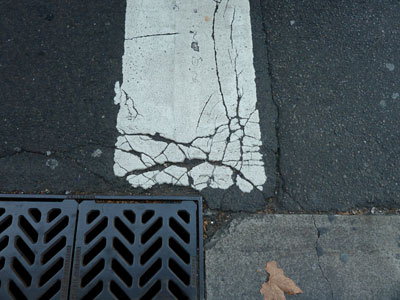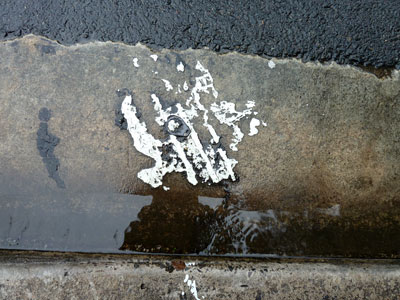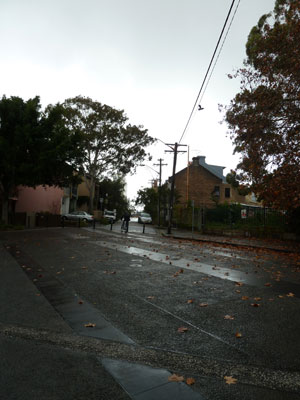
In an art gallery bookshop recently I came across a little book on a subject that interests me. It has taken me a long time to discover it, since it was first published in 1994. Wabi-sabi for artists, designers, poets and philosophers is by design philosopher, Leonard Koren.
It may have been Koren’s book that put the Japanese aesthetic of wabi sabi on Western curricula. These days most designers will have had some passing acquaintanceship with wabi sabi during their student years, although few have any real grasp of the concept. This is not surprising. Apparently author Marcel Theroux presented a program called ‘In Search of Wabi Sabi’ on BBC Four in 2006. In it he asked people on a Tokyo street to describe wabi sabi, but he was usually given a polite shrug and the explanation that wabi sabi is simply unexplainable. So, while I cannot possibly encapsulate Koren’s elegant little book in a blog post, I can give you an idea of some of the things he says about wabi sabi.
Peripherally associated with Zen Buddhism, and based on the idea that truth comes from the observation of nature, wabi sabi is a beauty of things imperfect, impermanent, and incomplete; a beauty of things modest and humble; a beauty of things unconventional.
Wabi sabi is an aesthetic appreciation of the evanescence of life, and its images force us to contemplate our own mortality. They evoke an existential loneliness and tender sadness mingled with bittersweet comfort, since we know all existence shares the same fate.
If things are described as having the quality of wabi sabi, it means that their appearance suggests natural processes. They are made of materials that are visibly vulnerable to the effects of weathering and human treatment, and they record these processes in a language of discolouration, rust, tarnish, stain, warping, shrinking, shrivelling and cracking. Their nicks, chips, bruises, scars, dents and peeling are testament to histories of use and abuse. Koren even says that “wabi-sabi comes in an infinite spectrum of grays”.
Now you can see why I might be interested in wabi sabi. Don’t these descriptions of the material qualities of wabi sabi fit so well the appearance of worn pavements! I am reminded of the chapter on ‘How to look at pavement’ in James Elkins’s book How to use your eyes. “Cracking, distortion, disintegration, ravelling, shoving, rutting – I love the terminology of distressed pavement,” says Elkins, “The utterly ordinary mangled surface of the road … is full of metaphors for human disaster”.
My interest in wabi sabi extends to the aesthetic appeal (or otherwise) of run-down parts of the city – old alleyways, derelict industrial sites, shabby shopping strips, crumbling houses. But I’ll save that discussion for another time.
Elkins, James, How to use your eyes, New York, Routledge, 2009.
Green, Penelope, At home with Leonard Koren: an idiosyncratic designer, a serene new home, The New York Times, 22 September 2010.
Koren, Leonard, Wabi-sabi for artists, designers, poets & philosophers, Point Reynes, California, Imperfect Publishing, 2008.
Wabi-sabi, Wikipedia, http://en.wikipedia.org/wiki/Wabi_sabi


